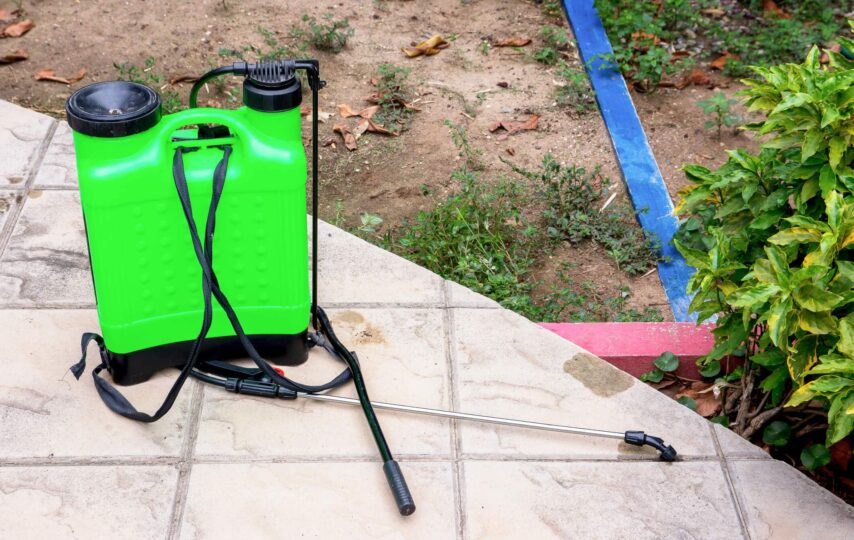Pest control in commercial buildings is crucial to maintaining a healthy and safe environment for employees, customers, and visitors. Ignoring pest control in commercial buildings can have serious consequences, including health risks, structural damage, and loss of revenue. In this article, we will explore the dangers of ignoring pest control in commercial buildings and how to prevent them. We will also discuss the importance of implementing an integrated pest management (IPM) plan to address potential pest problems before they arise. Read on to learn more about the dangers of pest infestations in commercial buildings and how to protect your business from them.
Health Risks
Pests such as rodents, cockroaches, and flies can carry harmful diseases that can pose a significant threat to human health. Rodents can spread diseases such as hantavirus, salmonella, and the plague, while cockroaches can carry bacteria that cause food poisoning and allergies. Flies can transmit diseases such as typhoid fever and cholera. If left unchecked, these pests can cause widespread illness among building occupants.
Furthermore, pest droppings and urine can contaminate surfaces and food items, causing further health hazards. In commercial buildings such as restaurants and hospitals, where hygiene is of utmost importance, pest infestations can be catastrophic. Ignoring pest control in such settings can lead to severe health risks and potential legal liabilities.
Structural Damage
Pests can also cause significant damage to the structural integrity of a building. Termites, for instance, can cause extensive damage to wooden structures, leading to weakened foundations and collapse. Rats and mice can gnaw on electrical wires, leading to fire hazards and expensive repairs. Moreover, pest infestations can also cause damage to insulation, walls, and flooring.
In commercial buildings such as warehouses and storage facilities, pest infestations can lead to significant financial losses due to damaged products and materials. Structural damage caused by pests can also lead to costly repairs and maintenance, disrupting business operations and causing downtime.
Loss of Revenue
Ignoring pest control in commercial buildings can also lead to a loss of revenue. Pest infestations can drive away customers and clients, especially in industries such as hospitality, food service, and healthcare. For instance, a restaurant with a pest infestation can face negative online reviews, damaging its reputation and deterring potential customers.
Moreover, businesses that rely on strict hygiene standards, such as hospitals and pharmaceutical companies, can face severe consequences if they ignore pest control. Regulatory bodies such as the Food and Drug Administration (FDA) and the Occupational Safety and Health Administration (OSHA) require strict compliance with pest control regulations. Failure to comply with these regulations can lead to fines, legal liabilities, and even closure.
Preventing Pest Infestations
Preventing pest infestations in commercial buildings requires a proactive approach. Building owners and managers should implement an integrated pest management (IPM) plan to address potential pest problems before they arise. An IPM plan involves identifying potential pest entry points, implementing preventive measures, monitoring pest activity, and using targeted treatments when necessary.
Regular building inspections can also help identify pest entry points and potential risks. Building owners should seal cracks and gaps in walls, floors, and ceilings to prevent pests from entering the building. Proper sanitation practices, such as cleaning up spills and removing food waste, can also help deter pests from infesting a building.
Additionally, building owners should work with a professional pest control service to develop and implement an effective IPM plan. Pest control professionals can provide valuable insights and expertise in identifying and addressing potential pest problems. They can also provide ongoing monitoring and treatment to ensure that pest infestations do not occur.
Conclusion
In conclusion, ignoring pest control in commercial buildings can lead to severe health risks, structural damage, and loss of revenue. A pest infestation can harm the reputation of a business and lead to costly repairs, legal liabilities, and even closure. Preventing pest infestations in commercial buildings requires a proactive approach that involves implementing an integrated pest management plan, regular building inspections, and working with a professional pest control service. By taking these steps, businesses can protect themselves and their customers from the dangers of pest infestations and maintain a healthy and safe environment. Don’t ignore pest control in your commercial building – act now to prevent potential problems and ensure the long-term success of your business.








